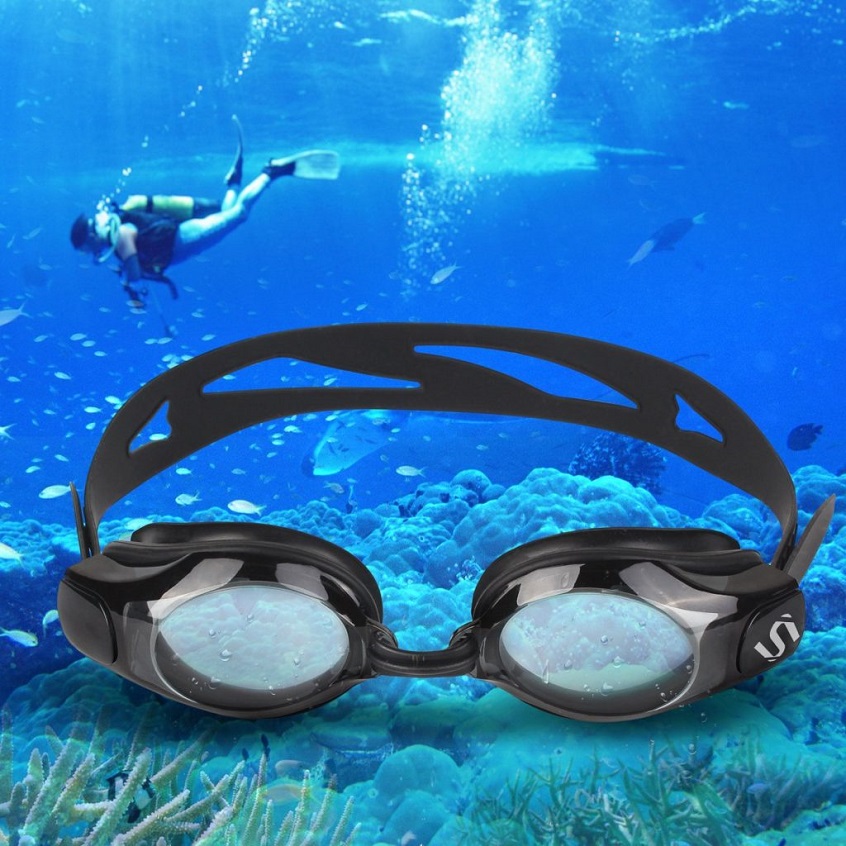
How to Choose the Right Swimming Goggles To Help You Navigate the Waters
If you’re into swimming, then you probably know that while swimming goggles aren’t essential, they sure do help. Buying swimming goggles seems like a pretty straightforward process, but in reality, it’s a bit more complicated than you might think, and there are several things you need to pay close attention to, especially if you’re an aspiring swimmer that has just started out, before you open up your wallet. There’s a wide range of features and brands, and a high price tag doesn’t guarantee quality.
Goggles come in all sizes and shapes. Personally, I like to classify them as small (typically for kids and large (adult swimming goggles). Regardless whether you’re shopping for kids’ or adult swimming goggles there are a few “rules” to follow in order to make the best purchase.
Being a Perfect Fit is Essential
A lot of people think that the fit is decided by the strap. Well they couldn’t be more wrong, it’s actually the seal of the goggles that decides whether they fit or not. Always try before you buy, and if you’re shopping online, shop from a retailer that offers full refund if they don’t fit. The most common styles are oval-shaped, silicone gasket seals. When you first try them on, the seal should provide enough suction for a split second. Anything more and it means they’re too tight and apply too much pressure, anything less they will allow water in. There are some styles of goggles, which are especially popular among competitors that have a sleeker design which minimises drag through water. An example of these are the “Swedish” googgles.
Comfort is Key
While the goggles might be a great fit, they might be uncomfortable, especially parts that go over the nose. Many goggles feature adjustable nose-pieces but if the ones you’re trying are rubbing against the bridge of the nose, or are too tight, just try another pair on. Again, the strap might not have much to do with the seal of your goggles, but it still has to hold them in place. A lot of goggles have split straps that are typically better at holding them in place, so you might want to consider getting split straps.
Sight and Lens Colour
Almost all newly designed goggles come in with UV protection and anti-fog coating. But in case the ones you’re looking at don’t have these features, you shouldn’t be paying for them as much. Furthermore, goggle lens typically come in 6 colours: clear, smoke, amber, lilac, mirrored and blue.
Clear lens goggles are designed for overcast, low-light conditions where maximum visibility is necessary. They’re best designed for indoor use.
Smoke lens goggles lower brightness and reduce light transmission. This makes them perfect for outdoor swimming where the sun shines brightly.
Lilac lens goggles are designed to contrast with objects against a blue or green background and are ideal for both indoor and outdoor use.
Blue lens goggles are designed to allow a medium amount of light into the eye but still have protection from glare in very bright conditions. They’re ideal for both outdoor and indoor use.
Amber lens goggles are designed to improve vision in low-light conditions and reduce glare in high light conditions. They’re best suited for both outdoor and indoor uses.
Mirrored lens goggles are designed to reduce glare and brightness with the mirrored coat that’s applied to the tinted lens. They’re great for outdoor use.

